“This post contains affiliate links, and I will be compensated if you make a purchase after clicking on my links.”
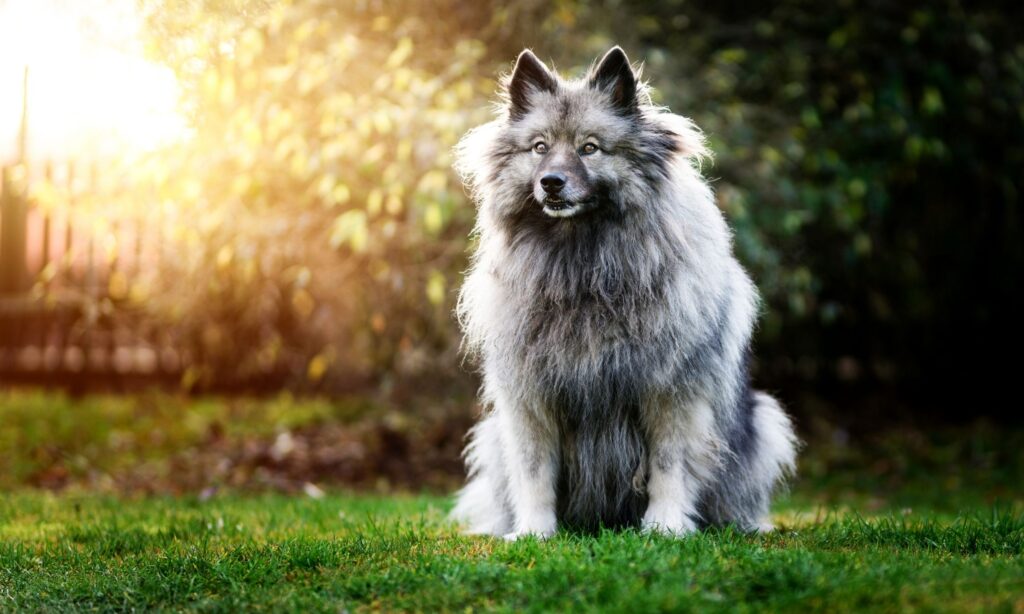
The keeshond (pronounced KAYZ-hawnd) or wolfspitz is a rare breed that is not known by many. With its cute appearance and amazing personality, it’s surprising that it isn’t widely popular nowadays.
If you haven’t heard of this breed before, keep reading to learn more about what makes this dog perfect for families and active individuals.
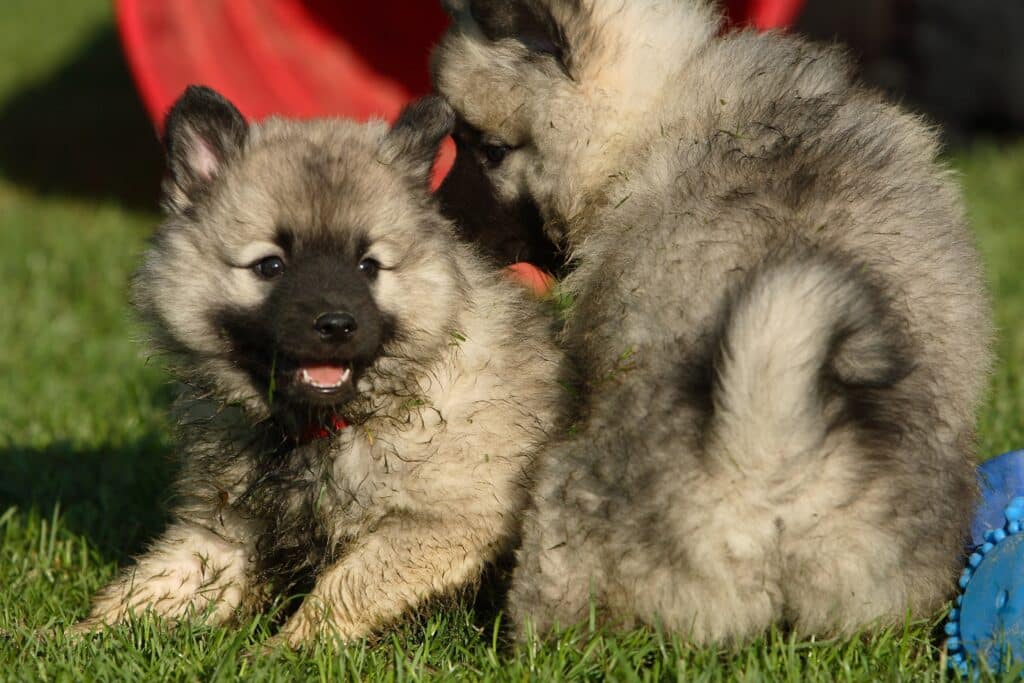
The Keeshond is bred to be a family dog
Although the exact origin of the keeshond is unknown, they are an old breed that was widely used in Holland as watchdogs and companions.
Farmers depended on them to catch vermin and guard their farms. Because of their gentleness and loyal personality, they were never intended as hunting dogs, but as companions and family dogs.
The original keeshond is believed to be descended from the same arctic strains that produced the Samoyed and Spitz.
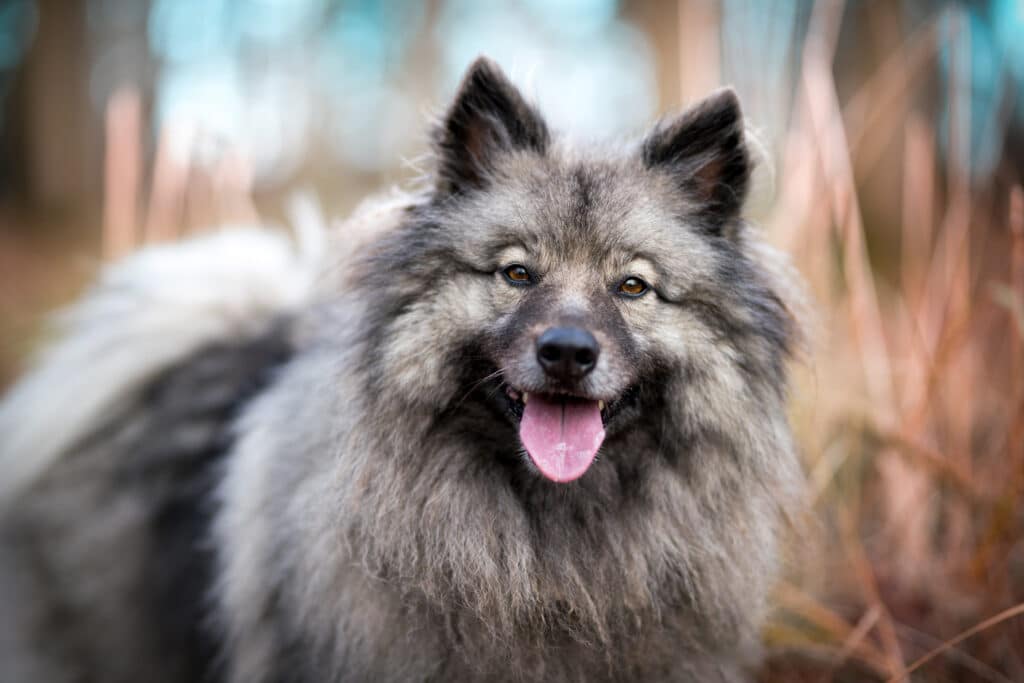
They have an interesting history
Because they were mostly found in barges, they later became known as barge dogs. One of the leaders of the Patriot faction during the French Revolution, named Kees de Gyselaer, became well known together with his barge dog.
The dog later on became known as the dog of the people and was named after his master, “Kees’ dog” or “Kees hund” in Dutch.
Unfortunately, when the Patriot faction did not prevail, many keeshond owners disposed of their dogs. Eventually, Baroness van Hardenbroek made an effort to revive the breed in the 1920s and the breed became recognized by the American Kennel Club in the 1930s.
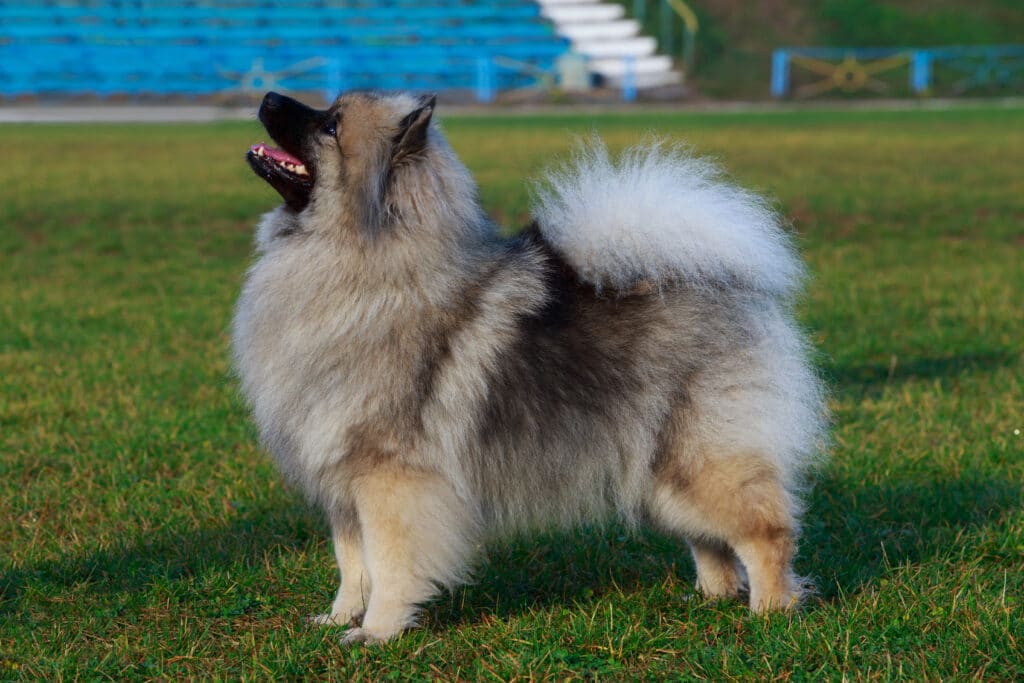
They are a double-coated breed
Keeshond have an outer and inner coat. The outer coat is longer and harsh to the touch as it serves as a guard coat. The typical colors of this outer guard are a mixture of gray and black.
On the other hand, the inner coat is more wooly and soft and is used to keep them warm in cold weather. This first coat consists of pale gray or cream colors.
Because of their double coat, they are not hypoallergenic dogs. They shed a lot and this includes dander, which is the cause of most pet-related allergies.
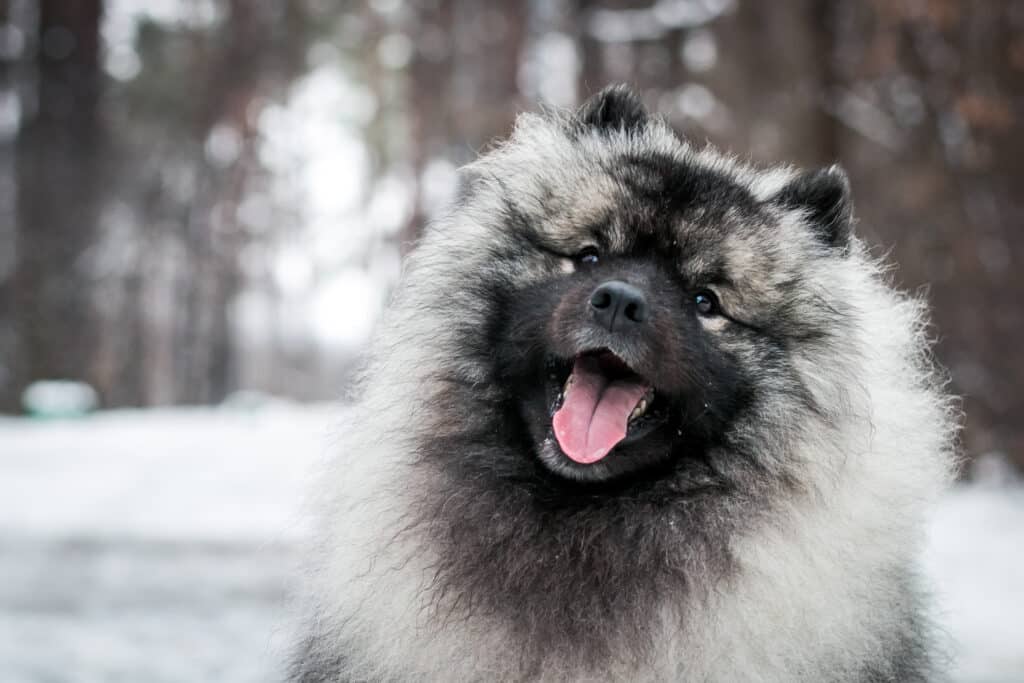
They shed twice a year
Twice a year, keeshonds shed their undercoats completely, making them heavy shedders. This shedding period can last up to three weeks and it’s wise to protect your furniture at this time to avoid dog hairs from sticking everywhere.
As they’re experiencing this immense shedding, they may feel irritable and stressed so it’s best to make them feel comfortable and well-rested.
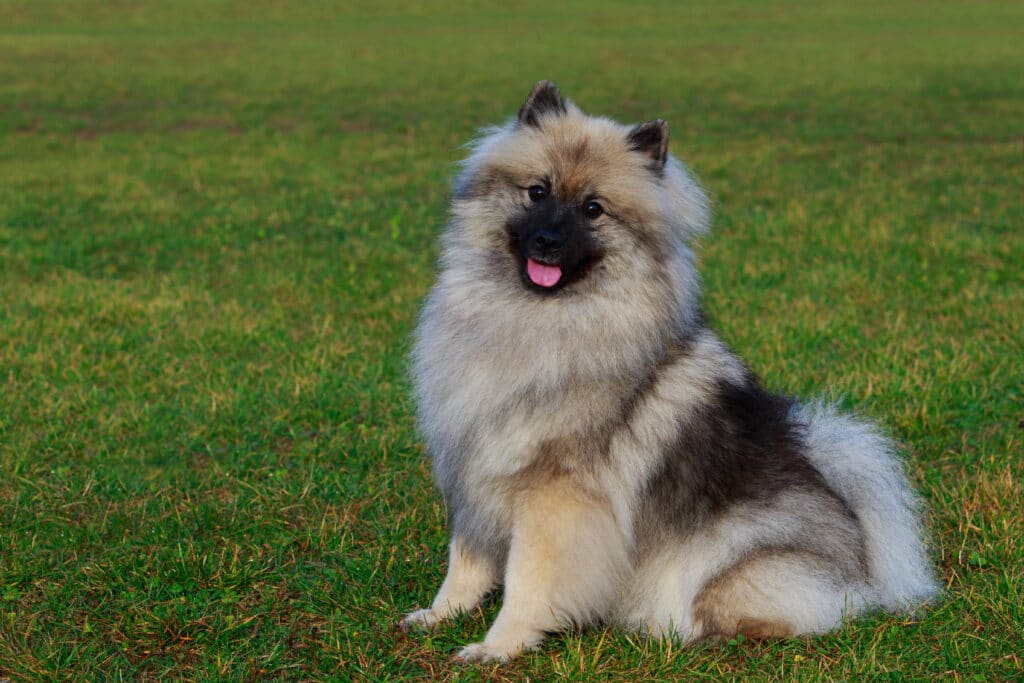
They have big personalities
Despite their small size, they have big personalities, making them great companions. They are alert dogs due to their watchdog history but are friendly at the same time to those who are welcomed into their homes.
Keeshond are also intelligent and very playful, so they will need a lot of exercise. If you do not have time to regularly exercise your dog or take them outside for a walk or swim, this breed may not be for you.
These are just a few facts of this rare and unique breed. What do you think of the keeshond? Are you considering getting one?

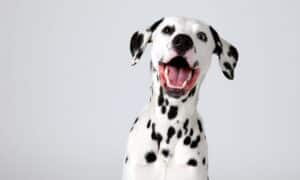

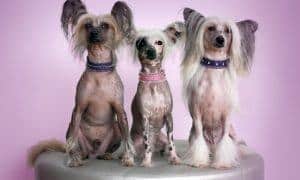

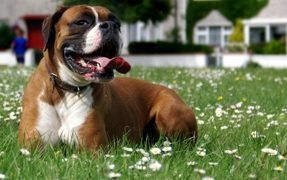


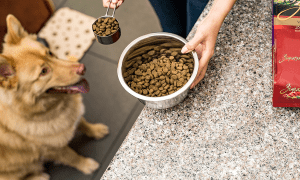

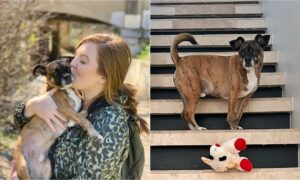

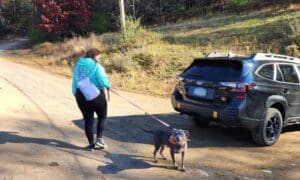

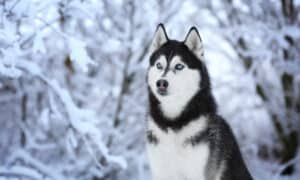



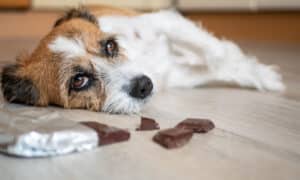


Bernadette I Prescott
says:I agree on tge shedding issue. We gave our 3rd Keeshonden. He had the thickest voat and dud have a major blow after he was neutered. But we also only find a few clumps and some stragglers once in awhile. I have been hooked on the dog since the 90’s and will never go without having at least one around.
Rick Paulson
says:We’ve enjoyed owning four Keeshonden since the 1970’s! You’re article is very accurate except the shedding part. We brushed then once a week and I might occasionally find a fur ball in the house. We used to donate their weekly fur to the Richmondtown Restoration on Staten Island, NY. They would use it to demonstrate the spinning wheels for visitors. It was almost as good as sheep wool and a lot less expensive. We’re now looking around Palm Desert or Palm Springs for another one!